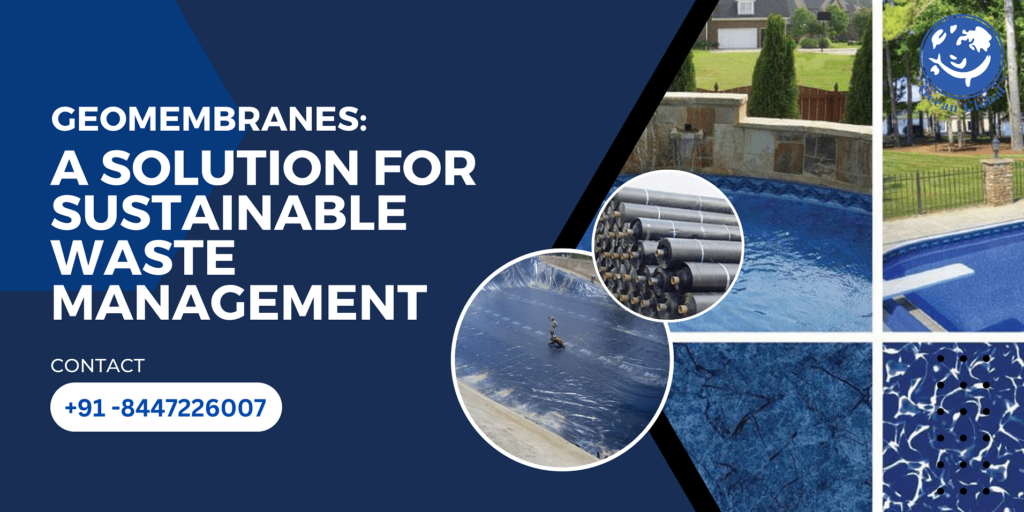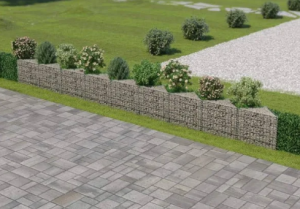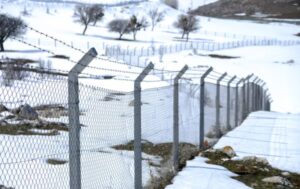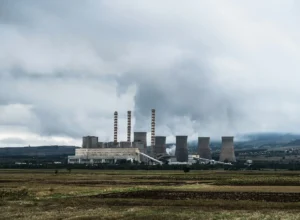Geomembranes: A Solution for Sustainable Waste Management

As the world continues to grow and develop, so does the need for sustainable waste management solutions. One such solution that has gained popularity in recent years is the use of geomembranes. Geomembranes are impermeable membranes that are used to line landfills, ponds, and other containment structures. They are made from a variety of materials, including high-density polyethylene (HDPE), polyvinyl chloride (PVC), and ethylene propylene diene monomer (EPDM).
At Ocean Non Wovens, we are a leading manufacturer and exporter of geomembranes and geosynthetics. We take pride in providing high-quality products that meet the needs of our customers in the waste management, mining, and water containment industries.
Table of Contents
What Are Geomembranes?
Geomembranes are thin, flexible sheets of material that are used to line and cover containment structures. They are designed to prevent the escape of liquids and gases from the contained area, making them an effective barrier for waste management.
HDPE geomembranes, for example, are widely used in landfill construction because they are strong, durable, and resistant to chemicals and UV radiation. They are also highly flexible, which allows them to conform to the contours of the landfill and provide a seamless barrier against leakage.
Advantages of Using Geomembranes
There are several advantages to using geomembranes in waste management and other industries. Some of the key benefits include:
- Leak Prevention: Geomembranes provide a reliable barrier against the escape of liquids and gases, preventing contamination of the surrounding environment.
- Longevity: HDPE geomembranes have a lifespan of up to 100 years, making them a long-term solution for waste management.
- Cost-Effective: Geomembranes are a cost-effective solution for waste management, as they require less maintenance and repair than traditional containment methods.
- Environmental Protection: By preventing the escape of contaminants, geomembranes help protect the environment and ensure the safety of nearby communities.
Applications of Geomembranes
Geomembranes are used in a variety of industries, including:
- Waste Management: Geomembranes are commonly used in landfill construction to prevent the escape of leachate and other contaminants into the surrounding environment.
- Mining: Geomembranes are used in mining operations to line tailings ponds and prevent the escape of mining waste.
- Water Containment: Geomembranes are used to line water storage tanks and ponds, as well as irrigation canals and channels.
Choosing the Right Geomembrane
Choosing the right geomembrane for your project is important to ensure the long-term success of your waste management or containment structure. Some of the factors to consider when choosing a geomembrane include:
- Material: HDPE geomembranes are a popular choice for waste management due to their strength, durability, and chemical resistance.
- Thickness: The thickness of the geomembrane will depend on the specific needs of your project. Thicker geomembranes provide added protection against leaks and damage.
- Installation Method: The installation method will depend on the type of containment structure and the site conditions. Some common installation methods include welding, seaming, and adhesive bonding.
At Ocean Geosynthetics, we offer a variety of geomembrane products to meet the needs of our customers. Our experienced team can help you choose the right geomembrane for your project and provide guidance on installation and maintenance.
Top Geomembranes Manufacturers
If you’re looking for high-quality geomembranes and geosynthetics, look no further than our leading manufacturing company. Our products are trusted by engineers and contractors around the world for their exceptional quality, durability, and performance.
In addition to serving the Indian market, we also export our products to other popular sub-continents like South Asia, Southeast Asia, and the Middle East. Our geomembranes are in high demand in these regions due to their ability to withstand extreme weather conditions and environmental factors.
Our commitment to quality is reflected in every aspect of our manufacturing process, from the selection of raw materials to the final product inspection. We use the latest technology and production methods to ensure that our geomembranes meet the highest industry standards.
Whether you’re working on a small residential project or a large-scale commercial development, our geomembranes and geosynthetics are the perfect solutions for your needs.
Conclusion
Geomembranes are an effective solution for sustainable waste management and other containment applications. By providing a reliable barrier against leaks and contamination, geomembranes help protect the environment and ensure the safety of nearby communities. At Ocean Geosynthetics, we are committed to providing high-quality geomembranes and geosynthetics to meet the needs of our customers in the waste management, mining, and water containment industries.
In conclusion, the use of geomembranes is a sustainable solution for waste management and other containment applications. With their durability, resistance to chemicals and long lifespan, they offer a reliable barrier against leaks and contamination, protecting the environment and nearby communities. At Ocean Geosynthetics, we are proud to be a leading manufacturer and exporter of geomembranes and geosynthetics in India, Nepal, Bangladesh, Bhutan all other neighbouring sub-continents, providing high-quality products to meet the needs of our customers. Contact us today to learn more about our products and services.
FAQs
What types of geomembranes are available in the market?
There are various types of geomembranes available in the market, such as high-density polyethylene (HDPE), low-density polyethylene (LDPE), polyvinyl chloride (PVC), ethylene propylene diene monomer (EPDM), and chlorosulfonated polyethylene (CSPE).
How do you choose the right type of geomembrane for a particular application?
The choice of the right type of geomembrane depends on various factors such as the type of liquid or gas to be contained, the temperature, the site conditions, and the duration of the project. It is important to consult with a qualified engineer or contractor to determine the most suitable option.
How are geomembranes installed?
Geomembranes are typically installed by trained professionals using specialized equipment. The installation process may involve excavation, surface preparation, and welding or bonding the geomembrane to the surface being lined or covered.
How do you ensure the quality and integrity of a geomembrane installation?
Quality control measures are essential for ensuring the effectiveness and longevity of a geomembrane installation. Some common quality control measures include:
1. Pre-installation testing: Before installation, the geomembrane should be tested to ensure it meets the required specifications and standards.
2. Visual inspection: During installation, trained professionals should visually inspect the geomembrane and the surface it is being applied to for any defects or damage.
3. Welding inspection: The welding or bonding process used to join geomembrane panels should be inspected to ensure proper technique and strength.
4. Leak testing: After installation, the geomembrane should be tested for leaks using specialized equipment and techniques.



